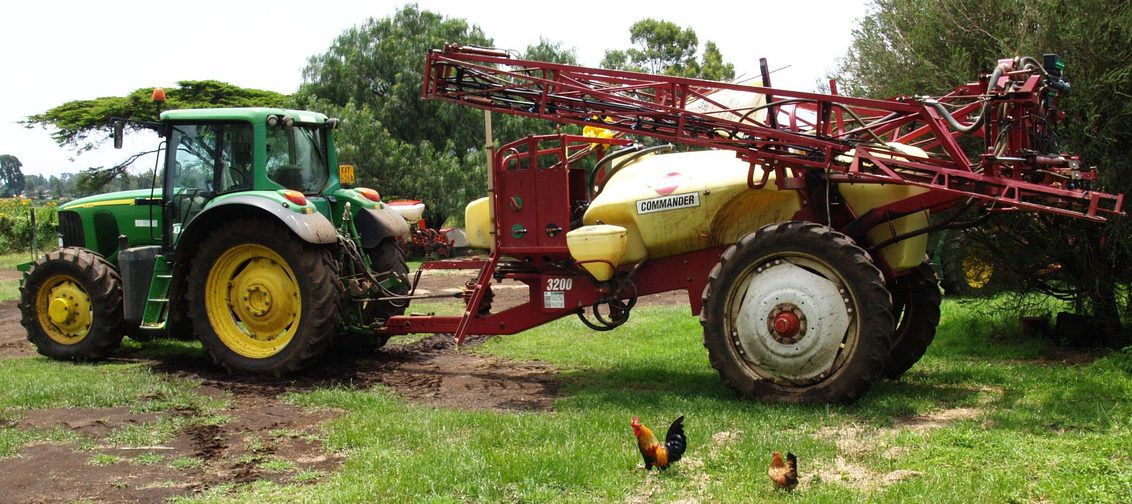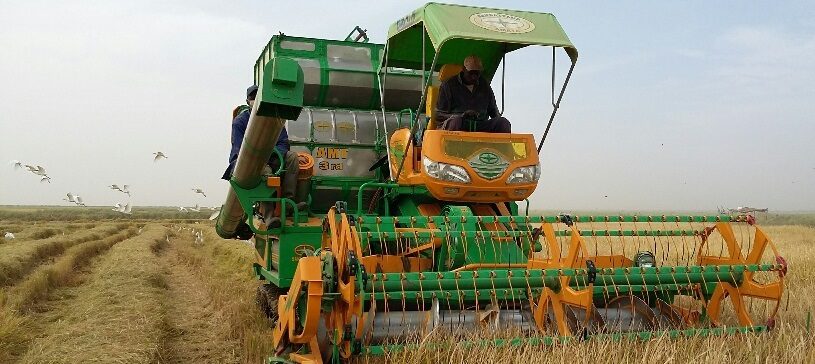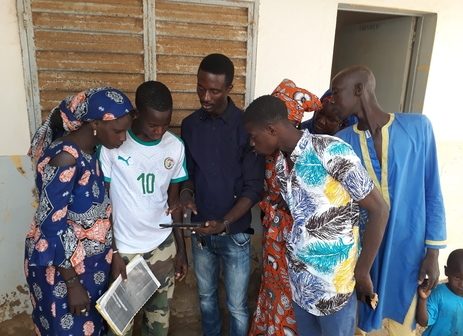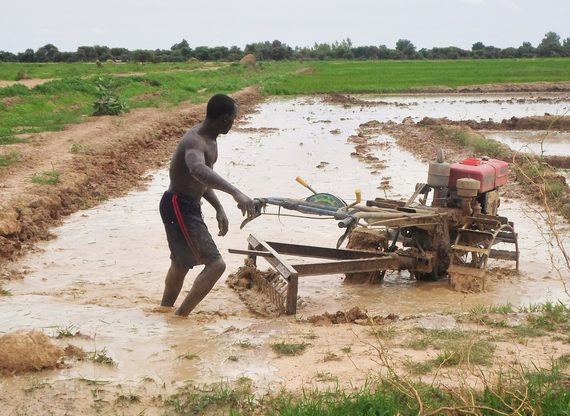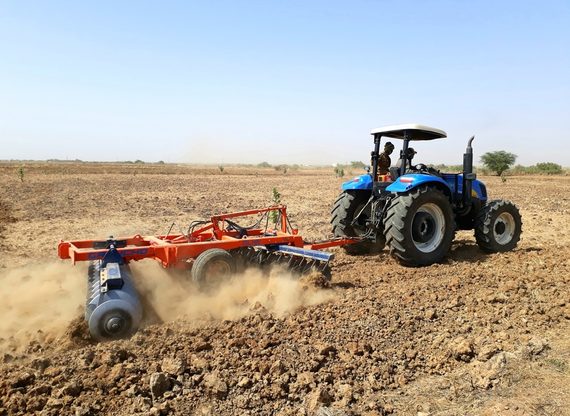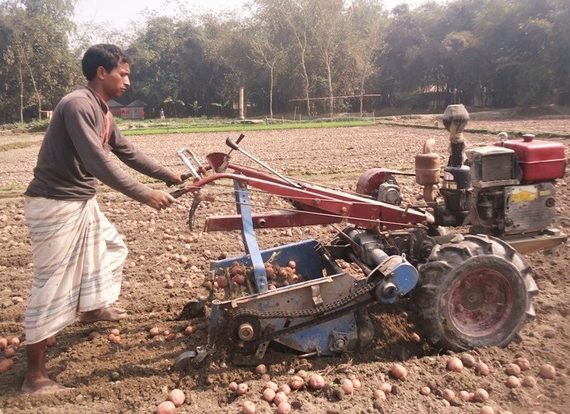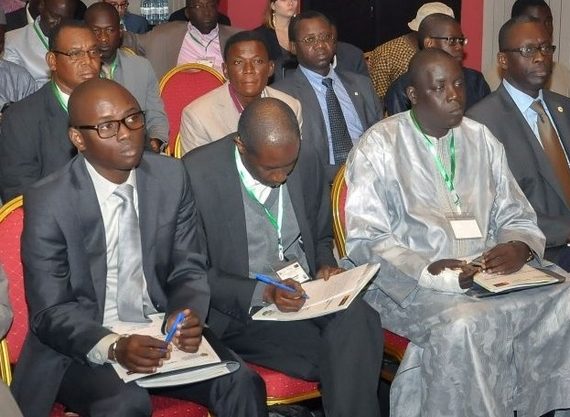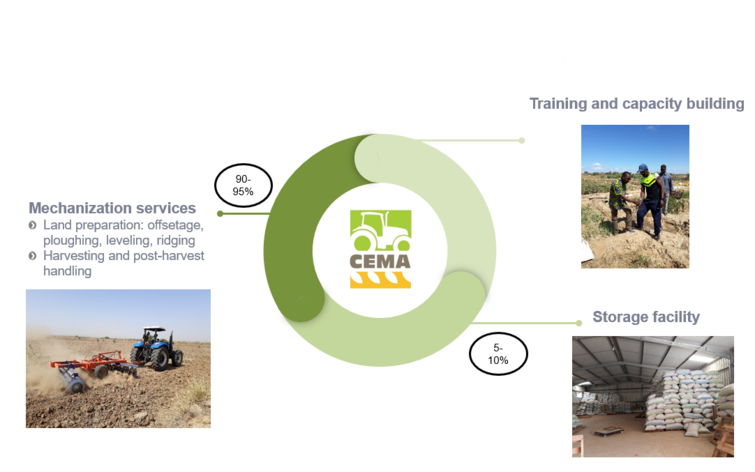
The CEMA model
The CEMA provides mechanized land preparation, harvesting and paddy storage services. These are available to farmers' organization members and independent farmers. The mechanized services account for 90-95% of the CEMA's revenue, the storage service for the remaining 5-10%. A partnership with the bank is key for buying machines on credit.

